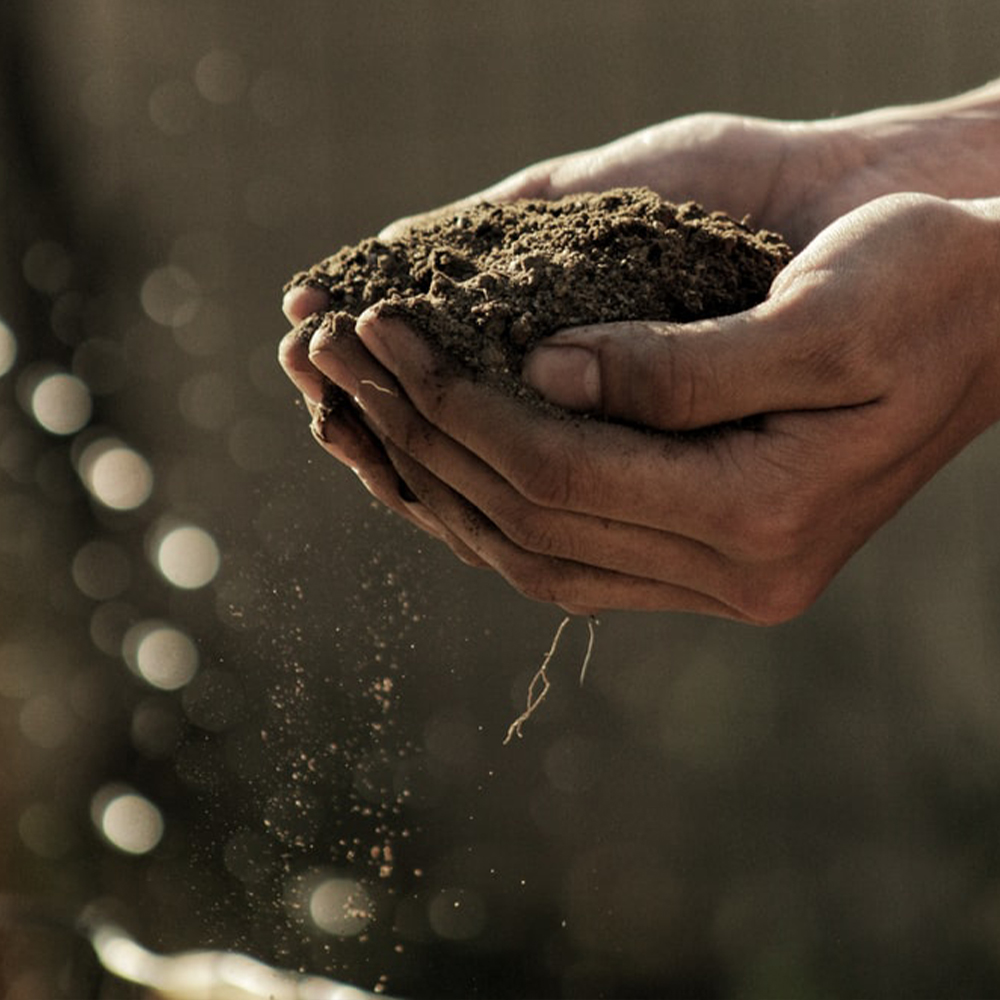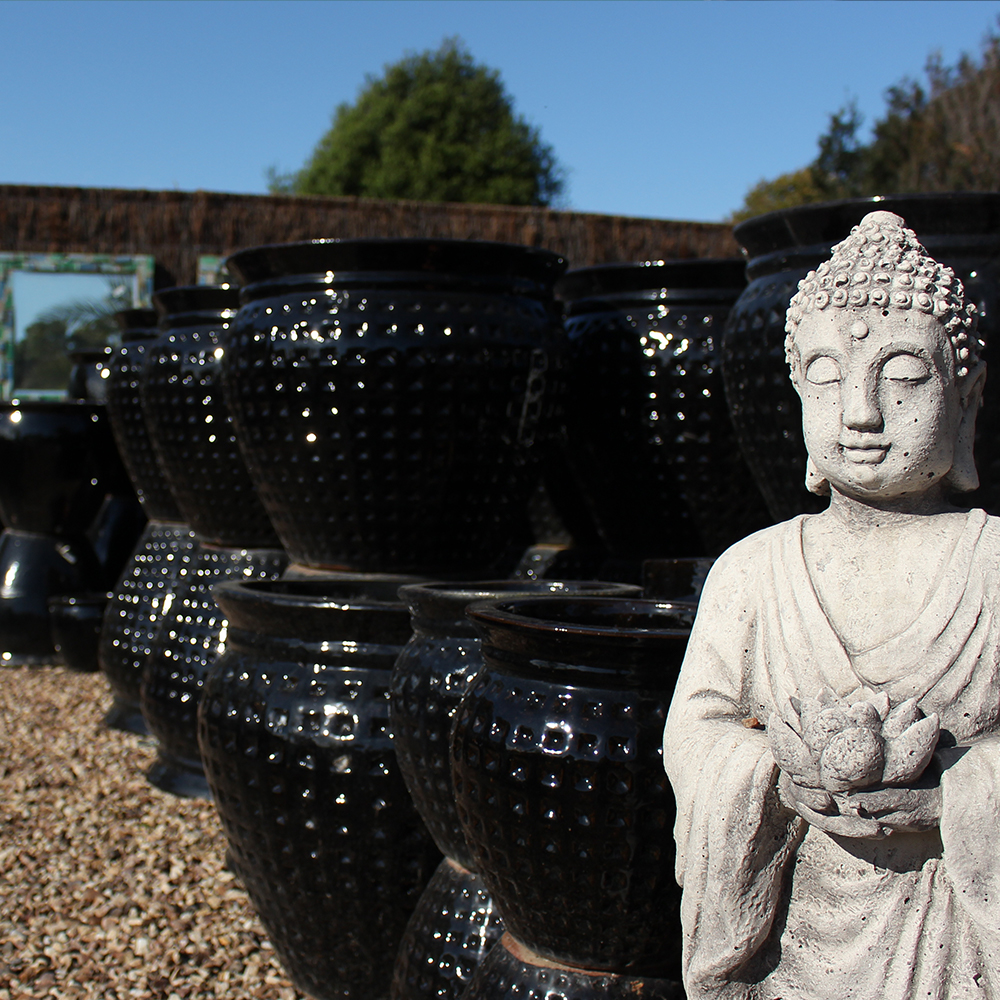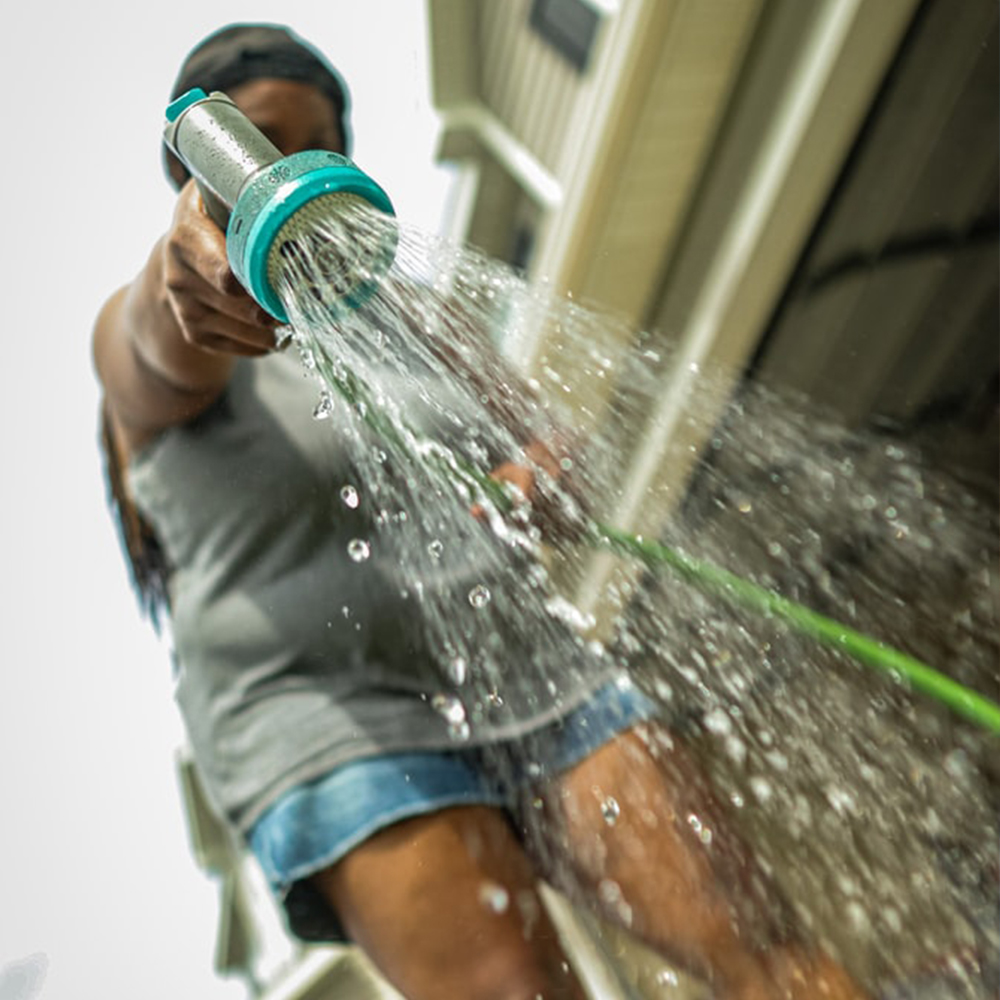HOW TO CREATE A PLANTING CALENDAR
How does a planting calendar work?
Each state and region of Australia have very specific growing conditions that need to be taken into consideration when choosing plants - if you're unsure what these are then consult with local small nurseries or this handy guide from Organic Gardener
For example, for the Spring - Summer seasons. The locations on the outskirts of Victoria, these warm temperate places are ideal for planting Cabbage, Kale, Pumpkin, and Tomatoes. It's also the ideal location for Herbs such as Parsley, Chives and Basil.

Now you have a plan on what to plant the question reminds on, how do you set up your garden to support these plants?
Step 1 - Water the soil before planting
A good rule of thumb is to water the soil a few days before planting. Planting in dry soils can cause damage to young plants and roots, whereas moistened soils make it easier for new roots to take hold. You want the most ideal moisture level, in the beginning, to support root growth and make sure plants can build a strong foundation.
Step 2 - Maintain Mulch Cover
Mulch can help retain moisture in the soil, which will keep your plants happy and healthy. Mulching also helps to suppress weeds and stop humid surfaces that may cause plant diseases. Planting into mulched soils means less work for you because you won't have to weed or water as often! It's a win-win situation Click these links to learn more about Organic Mulch and Inorganic Mulch
Step 3 - Fertilise regularly
Fertilising, however, can be tricky! Planting in a region where the soil is nutrient-deficient requires regular fertiliser top-ups. If you're not sure whether your plants are getting enough nutrients you can purchase a soil pH testing kit from Wallington's WRG. If you find the soil pH a little low? Then pick up a bag of organic compost and mix it into your garden beds to give them some extra nourishment.
The Organic Gardner have some amazing downloadable guides on what different types of fruits and vegetables you should plant at which times. You can find them both below.









